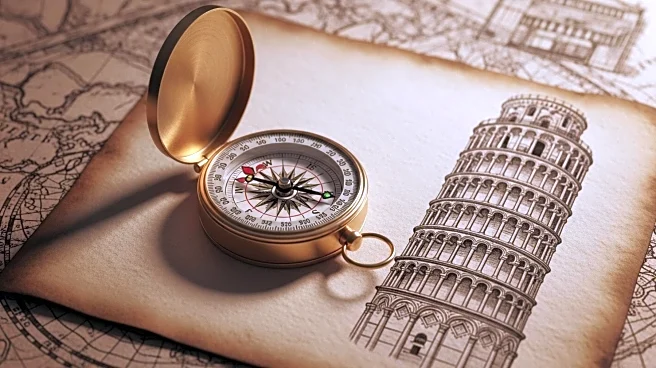The Leaning Tower of Pisa has exerted a profound influence on architecture, science, and tourism worldwide. Its iconic tilt and historical significance have made it a symbol of resilience and innovation, inspiring countless structures and scientific discoveries.
Intellectual and Cultural Influence
The tower's intellectual influence is most evident in Galileo's gravity experiment, which demonstrated the principles of gravity and marked a significant milestone in scientific history. Culturally, the tower has become a symbol of Italian heritage, attracting visitors and scholars from around the globe.
Policy or Industry Effects
The Leaning Tower of Pisa has influenced architectural policies and industry standards, particularly in the field of structural stability. Engineers have developed innovative solutions to address similar challenges in other structures, drawing inspiration from the tower's preservation efforts.
Global vs. U.S. Reach
Globally, the Leaning Tower of Pisa is recognized as a UNESCO World Heritage site, attracting millions of visitors annually. In the U.S., the tower serves as a connection to European history and architectural innovation, offering valuable lessons in engineering and design.
Critiques and Debates
Critiques and debates surrounding the Leaning Tower of Pisa often focus on its preservation efforts and the challenges of maintaining its structural integrity. These discussions highlight the importance of balancing historical preservation with modern engineering techniques.
 Discover Daily • 7 min read
Discover Daily • 7 min read 











